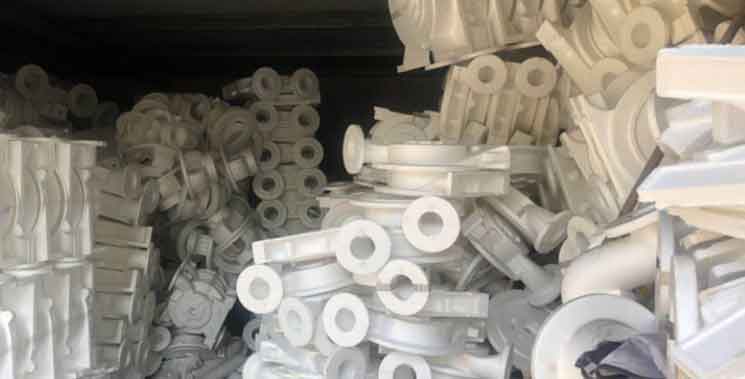Lost foam casting offers several advantages for automotive component production, enhancing efficiency and quality in the manufacturing process. Here are some key benefits of using lost foam casting for automotive components:

- Complex Geometry: Lost foam casting enables the production of automotive components with complex geometries, intricate designs, and thin walls. This allows for the integration of multiple functions and features into a single component, reducing assembly time and simplifying the overall design.
- Weight Reduction: Automotive manufacturers are constantly striving to reduce vehicle weight to improve fuel efficiency and reduce emissions. Lost foam casting enables the production of lightweight components by eliminating the need for additional machining or joining operations. The foam patterns used in the process can be designed to create hollow sections or incorporate lightweight materials, resulting in weight savings.
- Consolidation of Parts: Lost foam casting allows for the consolidation of multiple parts into a single cast component. This reduces the number of individual components, simplifies assembly, and minimizes the risk of assembly errors or part mismatches.
- Dimensional Accuracy: Lost foam casting can achieve high dimensional accuracy, ensuring tight tolerances and precise fit of automotive components. The replication of the foam pattern in the final casting results in consistent dimensions and minimizes the need for additional machining operations.
- Reduced Tooling Costs: Compared to other casting methods, lost foam casting typically requires lower tooling costs. The foam patterns used in the process can be easily fabricated using low-cost molds, reducing upfront investment for tooling.
- Improved Surface Finish: Lost foam casting often produces automotive components with excellent surface finish, reducing the need for extensive post-casting finishing operations. This enhances the overall appearance of the components and reduces production time and costs.
- Design Flexibility: Lost foam casting offers design flexibility, allowing for the production of customized automotive components tailored to specific requirements. The process accommodates the integration of design features, such as internal cooling channels or reinforcement ribs, resulting in components that meet performance and durability criteria.
- Material Versatility: Lost foam casting is compatible with a wide range of materials, including aluminum, iron, and various alloys commonly used in automotive manufacturing. This versatility allows for the selection of materials that provide the desired mechanical properties, corrosion resistance, or heat transfer characteristics for specific automotive applications.
By enhancing efficiency through the production of complex geometries, weight reduction, dimensional accuracy, and surface finish, lost foam casting contributes to improved quality and cost-effectiveness in automotive component production. These advantages make it an attractive choice for automotive manufacturers seeking to optimize their manufacturing processes and produce high-quality components that meet the stringent requirements of the automotive industry.
